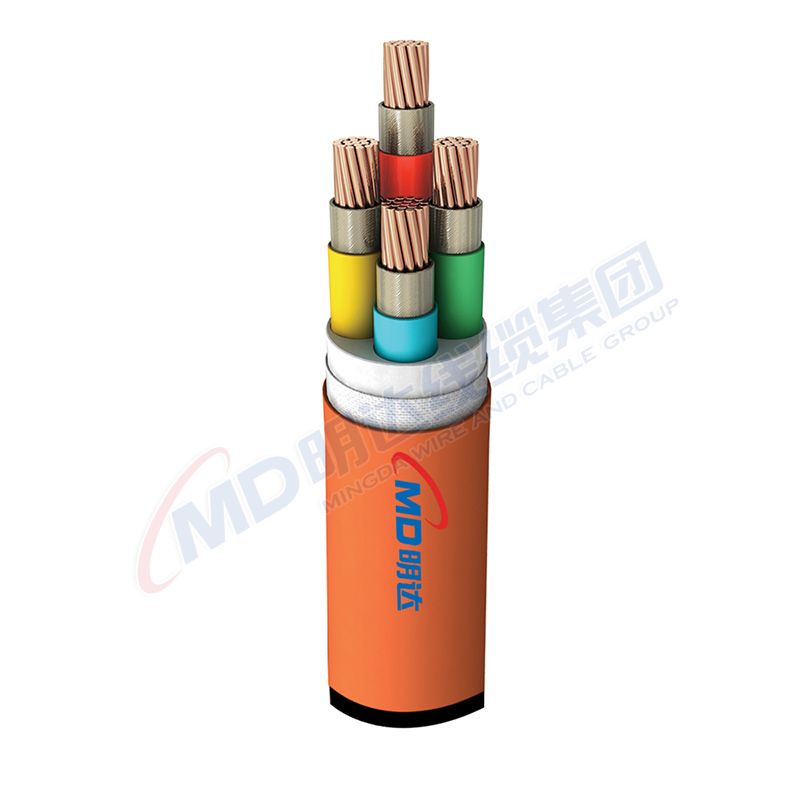Nov . 12, 2024 10:17 Back to list
butterfly valve with actuator
Understanding Butterfly Valves with Actuators A Comprehensive Overview
Butterfly valves are widely used in various industrial applications due to their efficiency and simplicity in controlling fluid flow. When integrated with actuators, they offer enhanced functionality, allowing for remote operation and automation. This article delves into the essential aspects of butterfly valves with actuators, encompassing their design, operational principles, advantages, applications, and maintenance.
What is a Butterfly Valve?
A butterfly valve is a type of quarter-turn valve that consists of a circular disc or vane that pivots around a central axis. The disc is positioned inside the pipeline, and it rotates to either permit or restrict flow. This design provides a compact and lightweight solution, making it ideal for applications where space is limited. The operation of the butterfly valve is straightforward when the disc is parallel to the flow, the valve is open; when it is perpendicular, the valve is closed.
The Role of Actuators
Actuators are devices that provide motion and control mechanisms to automate the opening and closing of the valve. They can be pneumatic, electric, or hydraulic, depending on the application requirements. The combination of a butterfly valve and an actuator creates a controlled environment for fluid management, allowing for precision in flow regulation.
1. Electric Actuators These are electrically powered devices that use a motor to operate the valve. Electric actuators are often preferred in applications requiring precise control and remote operation. They can be integrated with control systems for automated processes, improving efficiency and reliability.
2. Pneumatic Actuators Pneumatic actuators use compressed air to move the valve. They are known for their speed and reliability, making them suitable for applications requiring quick responses. In addition, they can operate in high-temperature environments, making them versatile.
3. Hydraulic Actuators These actuators use pressurized fluids to generate motion. Hydraulic actuators are powerful and can handle large valves in heavy-duty applications. However, they require more maintenance and specific installation considerations.
Advantages of Butterfly Valves with Actuators
1. Space Efficiency The compact design of butterfly valves, combined with actuators, saves valuable space in piping systems. This is particularly beneficial in plants where space constraints are a significant concern.
2. Quick Operation The quarter-turn operation allows butterfly valves to open or close rapidly. When coupled with actuators, this feature is enhanced, allowing for swift adjustments to flow rates.
butterfly valve with actuator

4. Low Maintenance The simple design of butterfly valves leads to lower maintenance requirements. Actuators, particularly electric ones, also require minimal upkeep, contributing to overall system reliability.
5. Versatility Butterfly valves can handle a wide range of fluids, including water, gases, and various chemicals. Their adaptability, combined with actuator options, makes them suitable for diverse industries, including water treatment, power generation, and food processing.
Applications
Butterfly valves with actuators are utilized across a myriad of industries due to their efficient flow control capabilities. Some common applications include
- Water and Wastewater Treatment Used to manage the flow of water in treatment plants and sewage systems. - Chemical Processing Regulating chemical flow in manufacturing processes. - HVAC Systems Controlling airflow for heating and cooling systems. - Oil and Gas Employed in various stages of oil and gas extraction, refining, and transportation.
Maintenance and Best Practices
To ensure optimal performance of butterfly valves with actuators, regular maintenance is crucial. Here are some best practices
- Routine Inspections Regularly check for leaks, wear, and corrosion. Inspect the actuator for any signs of malfunction or damage. - Lubrication Ensure that moving parts of the actuator are well-lubricated to prevent wear and tear. - Functional Testing Periodically test the operation of the valve and actuator to confirm that they respond correctly to control signals.
Conclusion
Butterfly valves combined with actuators represent a powerful solution for fluid control in various industries. Their design offers numerous advantages, including space efficiency, rapid operation, and cost-effectiveness. When properly maintained, this combination can lead to enhanced operational reliability and optimized performance in fluid management systems. As industries continue to seek automation and precision, butterfly valves with actuators will remain an integral component of modern engineering solutions.
Share
-
Reliable Wafer Type Butterfly Valves for Every IndustryNewsJul.25,2025
-
Reliable Flow Control Begins with the Right Ball Check ValveNewsJul.25,2025
-
Precision Flow Control Starts with Quality ValvesNewsJul.25,2025
-
Industrial Flow Control ReliabilityNewsJul.25,2025
-
Engineered for Efficiency Gate Valves That Power Industrial PerformanceNewsJul.25,2025
-
Empowering Infrastructure Through Quality ManufacturingNewsJul.25,2025